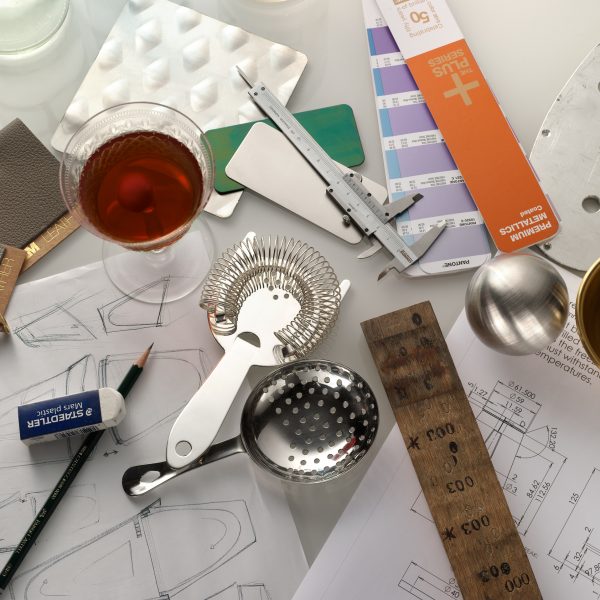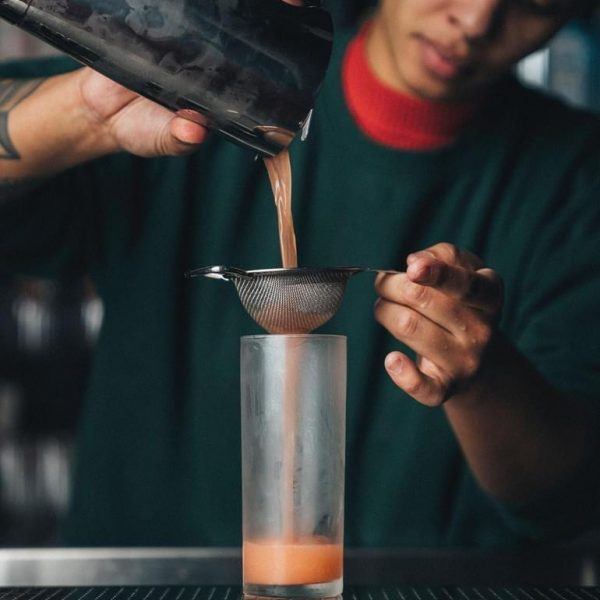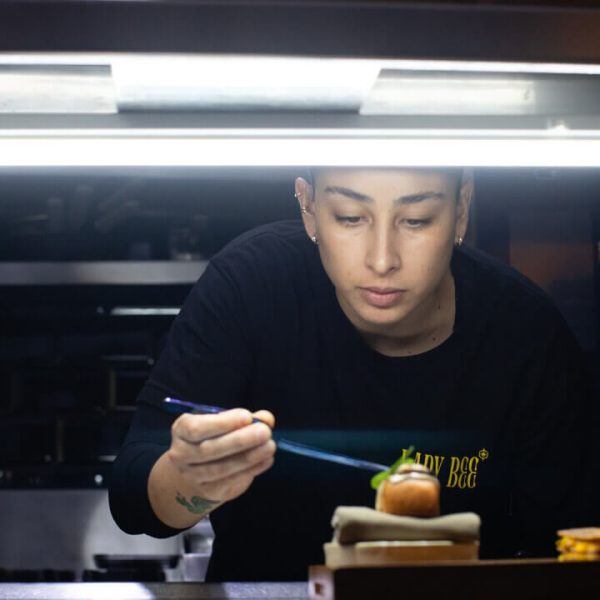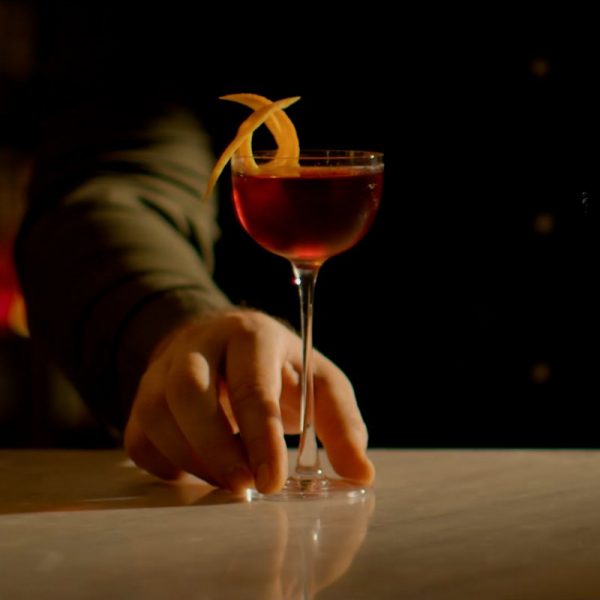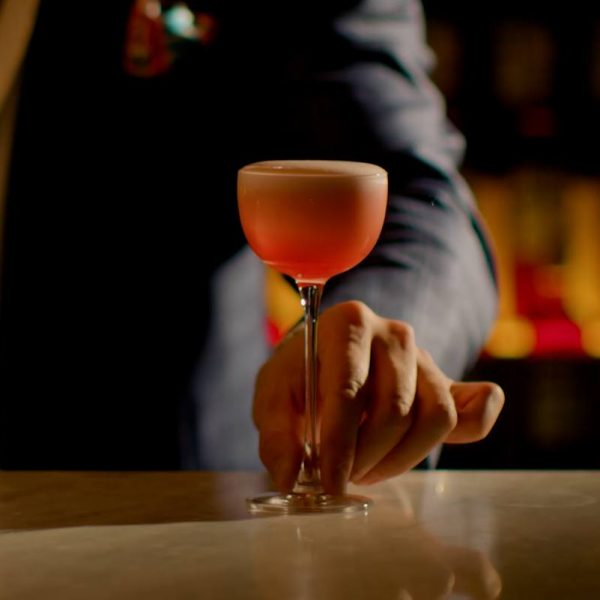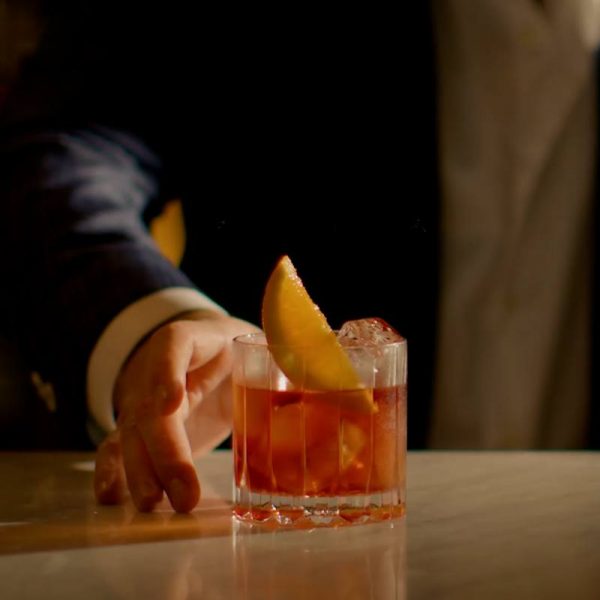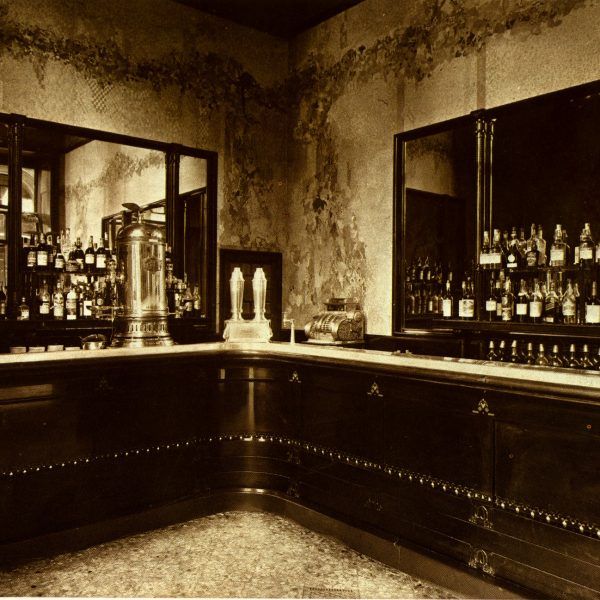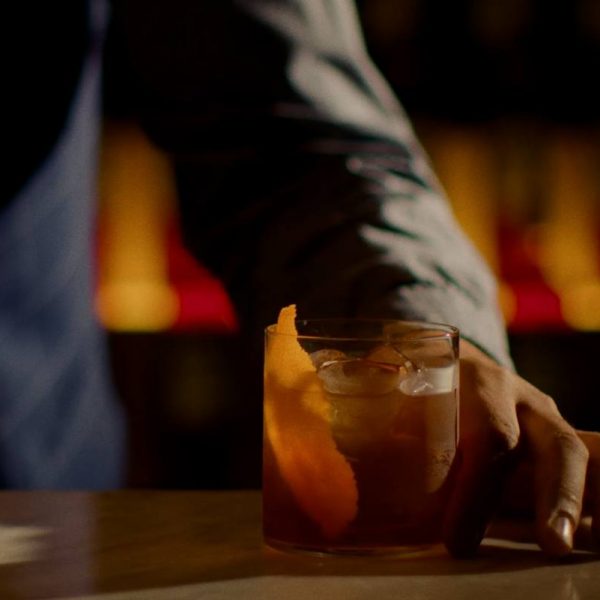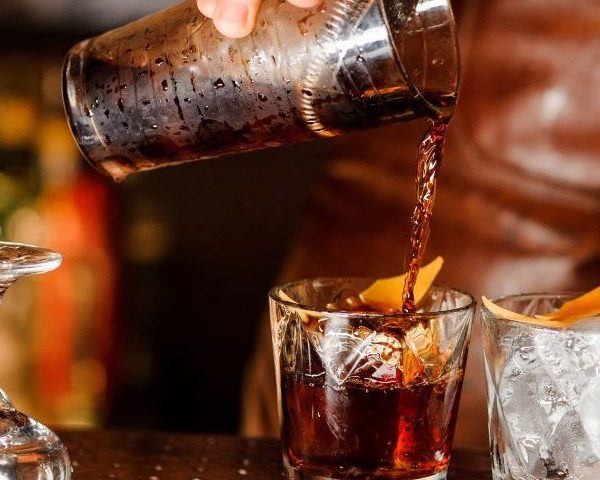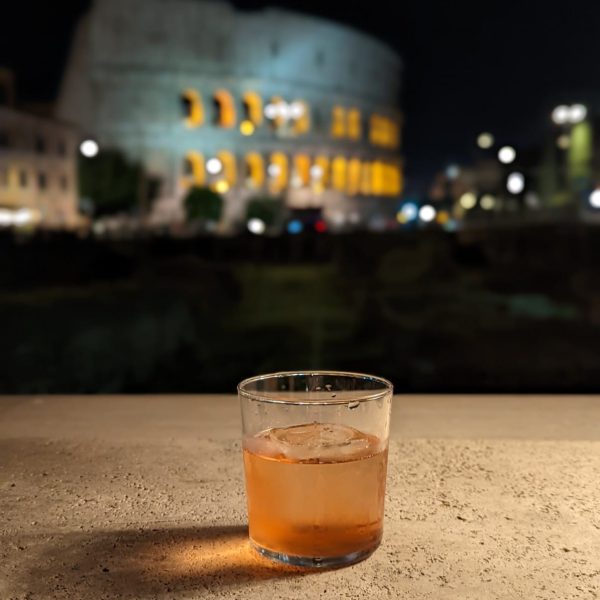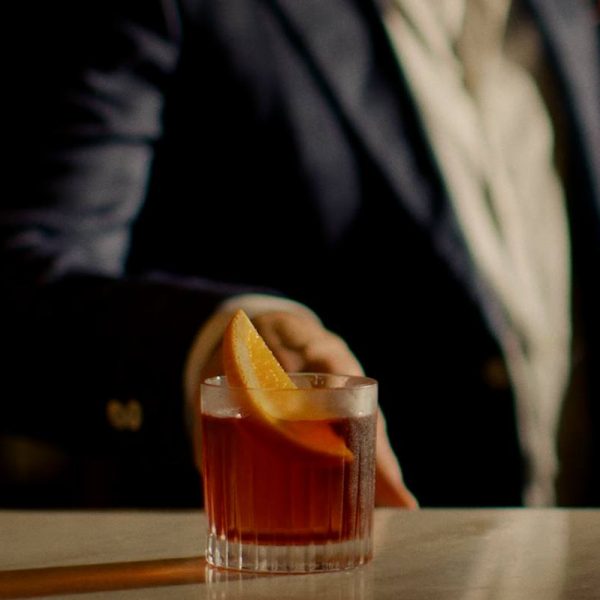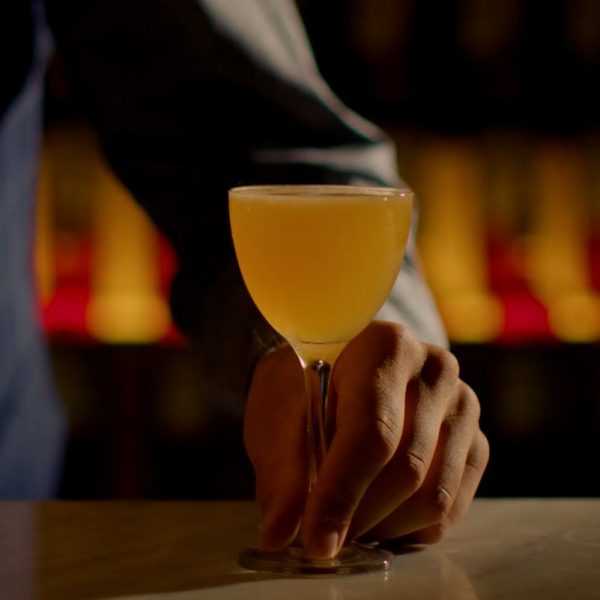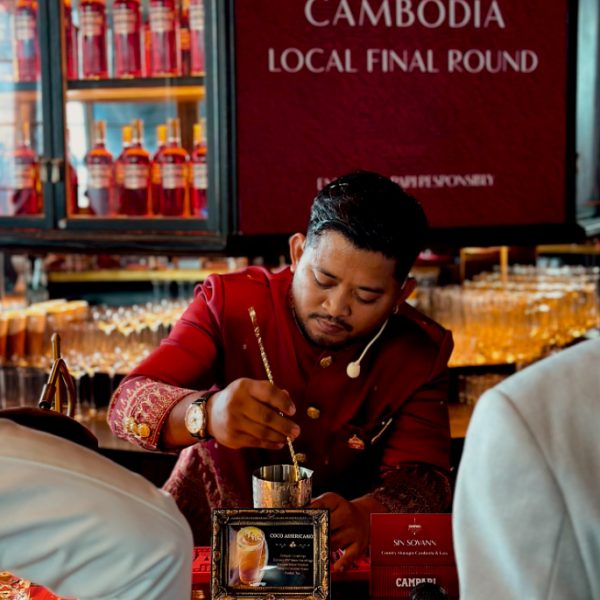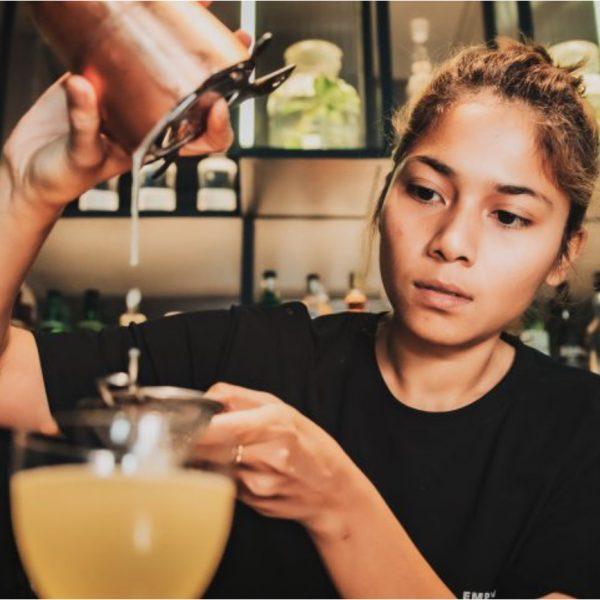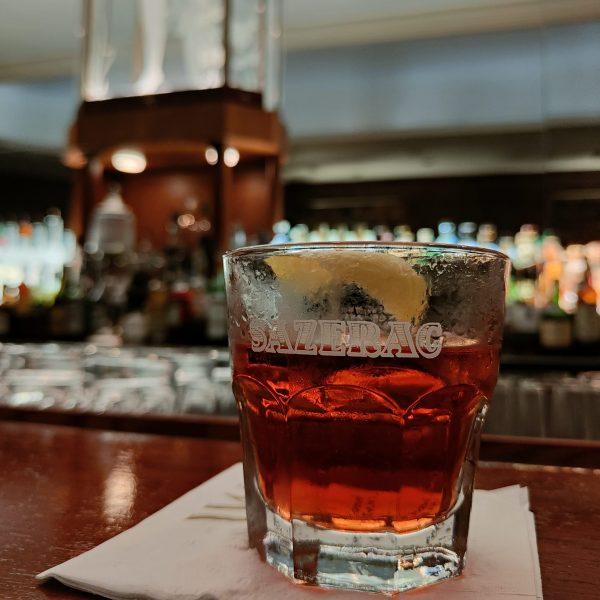The Rise, Fall and Comeback of Aperitivo
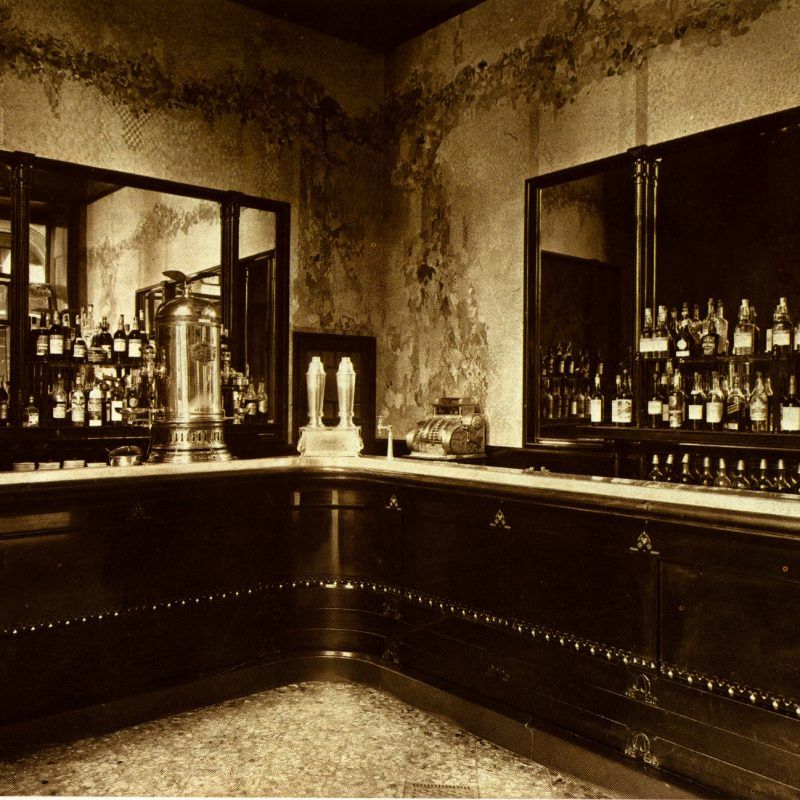
It’s one of the most beloved concepts that Italian culture has exported all over the world. It originated millennia ago, when wealthy Romans used to gather before dinner, to consume botanical-infused wine, vegetables and tiny bites of meat. Little did the Romans know, it was the prototype of Aperitivo.
The word itself comes from the latin verb “aperire”, which means “to open”. The first ever aperitivi were actually invented for medicinal purposes, using the bitter herbs vinum hippocraticum (devised by the legendary medic Hippocrates, who to this day is the namesake of the oath sworn by modern doctors). These herbs allowed for the stomach to relax and kickstarted a feeling of peckishness. Ancient aperitivi were prescribed to help balance the stomach or encourage a solid diet for those who needed to put on some weight. Today’s modern day vermouth is a direct descendent of the original which was invented in Turin in the late 18th Century, and was initially served in the morning, to kickstart a good day of healthy eating.
The modern idea of aperitivo can be traced back to the dawn of the 1900s in Italy: the country’s welfare was on the rise, productivity was increasing, working days shifted to a more standard structure, progressing towards the now profusely used nine-‘til-five. Aperitivo began being associated with a particular moment of the day, the break between work and home. And coincidentally, not just with a single product, but with drinks that started implementing more ingredients. The key element, nevertheless, remained the bitter-ish, sharp notes that stayed true to the original’s intentions.
In Southern Europe, Café Chantants in France and Caffè Letterari in Italy, where one could have a glass and discuss intellectual topics, became staples. Throughout the decades, aperitivo carved its way into the fabric of social habits: Italy kept its leading role on the subject, especially the northern regions, where the iconic concoctions we are familiar with now were invented (Americano, Spritz). Milan claimed the title as the aperitivo capital city, with Campari leading the way towards progressively perfected recipes: bitter and vermouth proved to be the perfect combination in anticipation of a meal (it’s the Milano-Torino we know nowadays, strenghtened into the Negroni by a Florence-born Count, in 1919).
From its aristocratic birth, aperitivo moved on to become a people’s favourite, regardless of their conditions or status, and food started to play an important role. Since the original goal was to stimulate the appetite, and not quench it, a variety of nibbles were (and still should be) traditionally served to go alongside the drinks (without overtaking the actual meal that is going to come later). Classic aperitivo snacks would be chips, olives, peanuts, taralli (traiditional crunchy bread rings) and sandwiches: needless to say, they would be savoury, mouth-watering bites to anticipate what’s to come.
Yet, a heartfelt and clear downfall was suffered by aperitivo, going into the new millennium. As a paradox, the very same Milan that led by example, witnessed decreasing quality and cheapening habits up until the first decades of 2000’s. For a small fare, bars would offer a round of poorly mixed alcoholic solutions, paired with endless amount of buffet food: it was the infamous apericena, an aperitivo turned into dinner, that Italians soon learned to forget (a low price almost necessarily implies the same level of quality, if the quantity is that huge).
Today, the attention is thankfully back to living the aperitivo moment (you go for an aperitivo, you don’t just drink one) for what it is: a laid back occasion, to release the stress of a working day, and enter dinner time in the best fashion. Italian bartenders are bringing back the classics (from a vermouth highball, to Campari Seltz) with new exciting twists to accommodate and excite the next generation – at the same time as getting guests back into enjoying the best things in life. Attention to detail and a focus on simplicity and quality is back and thriving. It’s the way it was supposed to be from the beginning: democratic, easygoing and comfortable. Aperitivo is back to its original form; maybe even better.
Carlo Carnevale

